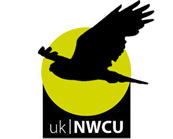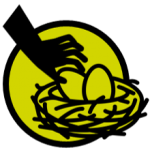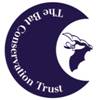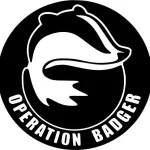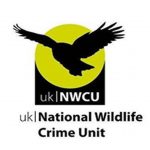Do you know the laws about photographing wildlife? Recent allegations of photographers disturbing otters, capercaillie, osprey and seals around Scotland during the last 12 months have raised quite a bit of interest in this topic.
While police investigation still continues into these incidents – three of which occurred in the spring and summer of 2015 – the desire to take a picture at an animal’s expense is the root cause and is a timely reminder that much of Scotland’s, and the rest of the UK’s, flora and fauna is protected by law. This often means that licences are required to protect wildlife photographers from committing offences. The Partnership for Action Against Wildlife Crime (PAW) Scotland is concerned that ignorance of the regulations is putting animals at risk and photographers in danger of attracting fines and criminal records.
In 2011, two photographers were convicted of disturbing a white tailed sea eagle’s nest on Mull, receiving fines totalling £1100. A similar case in 2005 concerning an osprey nest near Lake of Monteith in Stirlingshire saw a photographer fined £300.
According to the RSPB’s Birdcrime report, there were 14 reported incidents of photography and disturbance of Schedule 1 species (birds afforded additional legal protection) in 2013 across the UK, with an average of 34 incidents per year between 2008 and 2012. In 2013, two shellfish collectors were given community orders and fined a total of £200 for disturbing Roseate Terns on Coquet Island off the Northumberland coast.
In wildlife photography, the welfare of the animal should always come first and the photographer should avoid disturbing it. Photographers should know their subject and be able to recognise the impact that they are having on it. The most common offence that wildlife photographers risk is one of “intentional or reckless” disturbance of certain protected species. Detailed guidance on wildlife photography and licensing in Scotland can be found on the SNH website. Similiar information for England and Wales can be found on Natural England’s website.
While no offence is committed if an animal remains undisturbed, the majority of photographers have no control over how that animal may react – therefore, they risk committing offences. Photographers can apply for a licence from Scottish Natural Heritage or Natural England to provide permission to disturb the animal for the purposes of photography but, understandably, licences are site specific and granted only to photographers who can display a level of competence.
Photographic licences protect vulnerable species from disturbance that could affect their welfare or breeding success and are only granted to photographers who can clearly demonstrate that they have the appropriate skills, knowledge and experience. Photographers may be asked to submit a small portfolio of their wildlife images which can be built up by photographing common, accessible species such as garden birds and water fowl, grey squirrels, hedgehogs, foxes and insects that can be found in local parks, woodland and gardens.
Source: Charles Everitt, National Wildlife Crime Unit, August 2015 via PAW Scotland
To read the full article, click here.
